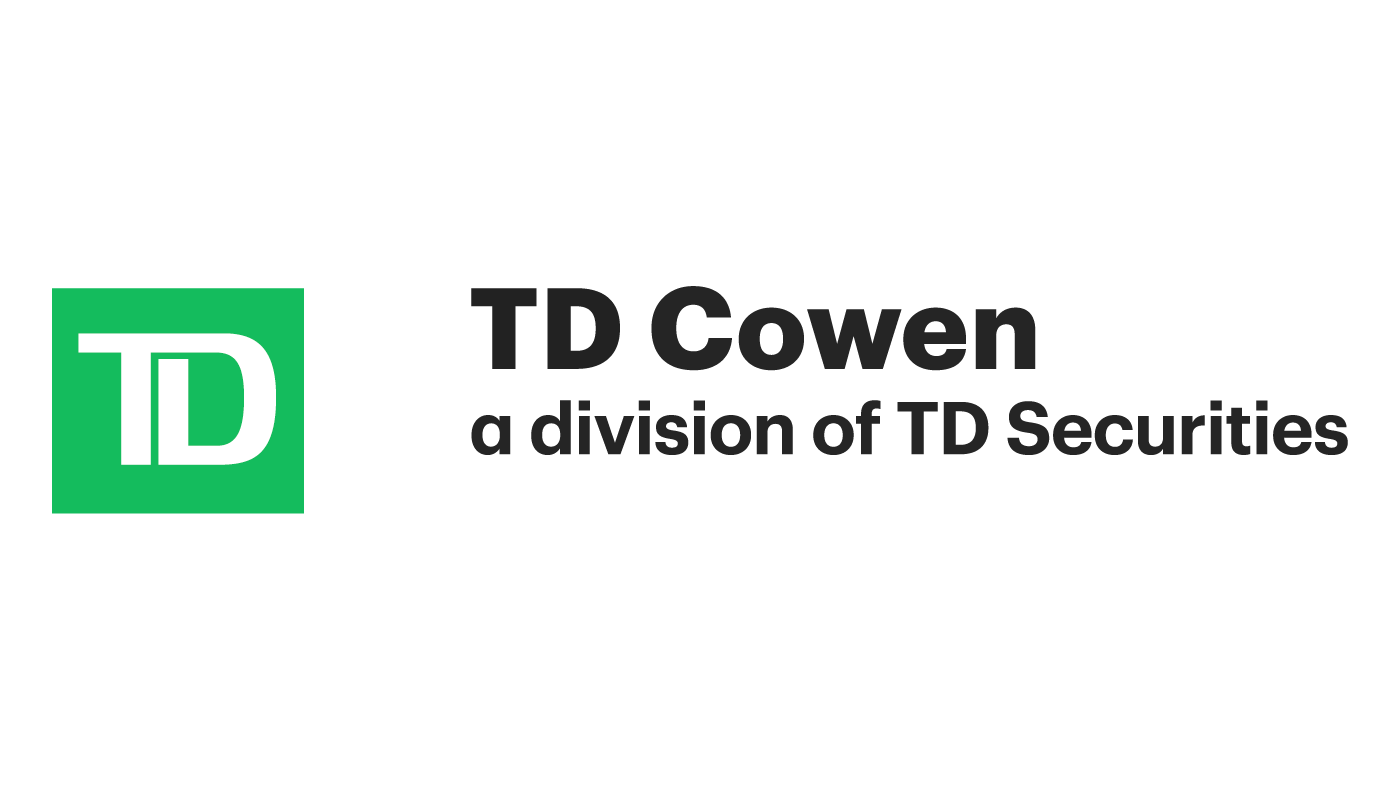
A recent paper authored by Kensuke Molnar-Tanaka, OECD Development Centre and Yang-Che Wu, Feng Chia University explores how the issuance of multi-country catastrophe bonds can enhance disaster cost management in Southeast Asia.The study, titled “Disaster risk-sharing pools and multi-country catastrophe bonds in Southeast Asia” highlights how many countries across Southeast Asia are prone to disasters and the need to strengthen resilience is growing amidst the increasing frequency and intensity of disasters.However, general discussions around the issuance of multi-country cat bonds remains limited in the region, despite the frequency of disasters increasing in the region.“In recent years, disasters have been increasing in both frequency and intensity.
In particular, many Southeast Asian countries are highly exposed to disasters, which creates a growing need to strengthen resilience; however, the region has a limited capacity for coping with disaster costs,” the authors write.“In Southeast Asia, regional risk sharing against disasters is currently in its infancy, but further development and adoption of this mechanism would greatly facilitate disaster risk mitigation.” Of course, several multi-country risk-sharing pools already exist across the globe, including the Caribbean Catastrophe Risk Insurance Facility (CCRIF), the Pacific Catastrophe Risk Assessment and Financing Initiative (PCRAFI), as well as the Southeast Asia Disaster Risk Insurance Facility (SEADRIF).However, the authors suggest that catastrophe bonds could also be issued via multi-country framework.
The pair point out that an initial attempt of such effort is, the Pacific Alliance cat bonds that were issued simultaneously by Chile, Colombia, Mexico, and Peru in 2018.But, as the pair note, that was not a single jointly issued bond.“The joint issuance of CAT bonds has various advantages in terms of cost and access to financial markets.
However, discussion regarding the issuance of multi-country CAT bonds remains very limited in Southeast Asia, even though the frequency and resulting damages of disasters are increasing in the region,” the pair continued.Moreover, the pair explain that jointly issuing catastrophe bonds through multiple countries is “advantageous” compared to single-country cat bonds for a variety of reasons.The pair affirm that the cost of issuance is less of a barrier when several countries choose to collaborate instead of issuing cat bonds independently, therefore with multiple countries sharing the expenses for the structuring, marketing and legal services associated with bond issuance, costs are generally much lower for each member country.
At the same time, the authors note that multi-country cat bonds often attract a wider branch of investors seeking diversified portfolios.“When countries share common catastrophe risks, it forms a basis for collective action in mitigating and managing the aftermath of such disasters.In contrast, when countries do not share common risks, their inclination towards joint initiatives like CAT bond issuance may diminish due to differing priorities or lower perceived necessity stemming from distinct risk profiles,” Molnar-Tanaka and Wu explain.
The pair affirm that a key advantage of multinational cat bonds that are jointly sponsored by several countries is its risk diversification, when the countries jointly issuing the bonds have uncorrelated disaster risk.“Multi-country CAT bonds are widely recognised as reducing investment risk for bondholders.Risk diversification increases with the number of countries sponsoring the jointly issued CAT bonds, as this minimises the likelihood of a large number of bonds being triggered simultaneously.” Throughout the study, the authors used a theoretical model to explore the feasibility of issuing multi-country cat bonds in Southeast Asia, focusing particularly on Indonesia, Malaysia, the Philippines, Thailand, and Vietnam.
While the concept appears to offer some potential benefits, such as risk diversification and shared disaster funding, the analysis also managed to identify some critical challenges.A major issue that was highlighted, is the correlation of disaster losses across countries, if disasters tend to hit multiple countries at once, the benefits of pooling risk diminish.However, as the authors showcase, certain groupings, specifically Malaysia, Thailand, and Vietnam (MTV) and Philippines, Thailand, and Vietnam (PTV), have low or negative correlations, making them more suitable for catastrophe bond issuance.
Nonetheless, practical issues remain, such as accurately pricing bonds, setting fair trigger thresholds, and ensuring sufficient capital in the risk pool.The results from the study suggest that careful country selection and risk modeling are crucial to making regional cat bonds viable and effective in Southeast Asia.“In an increasingly interconnected economic landscape, multi-country CAT bonds could be a useful future policy option, especially for countries facing disaster financing gaps.
The collaborative nature of these instruments makes it possible for participating countries to benefit from economies of scale, hence reducing the issuance costs,” Molnar-Tanaka and Wu added.“However, this requires a comprehensive discussion about shared risks and the willingness of each country to collaborate on various aspects, such as harmonising disaster management-related frameworks, as well as enhancing data sharing to facilitate CAT bond modelling processes and bolster investor confidence.Moreover, initiating multi-country CAT bonds requires a deep understanding of structures of this risk sharing financial mechanism,” the pair conclude.
Multi-country catastrophe bonds have been in the past, while Central America has also explored the joint-cat bond sponsorship opportunity with the World Bank.However, the best example, aside from cat bonds that cover multiple countries sponsored by insurance or reinsurance firms, would be ..All of our Artemis Live insurance-linked securities (ILS), catastrophe bonds and reinsurance can be accessed online.
Our can be subscribed to using the typical podcast services providers, including Apple, Google, Spotify and more.
Publisher: Artemis








